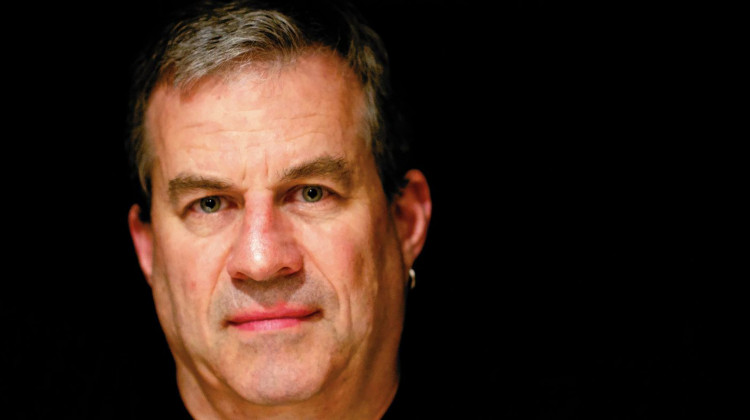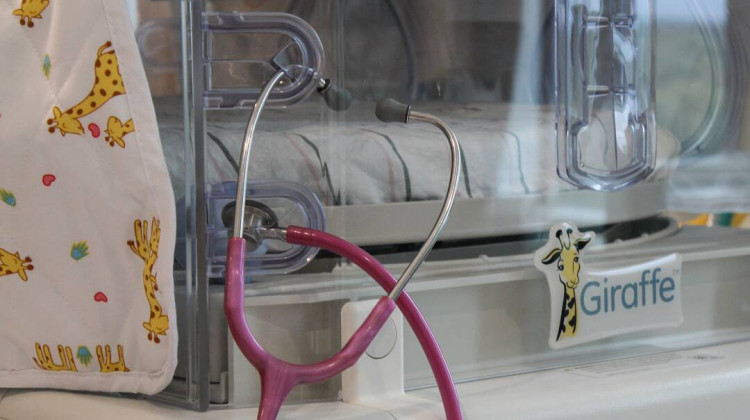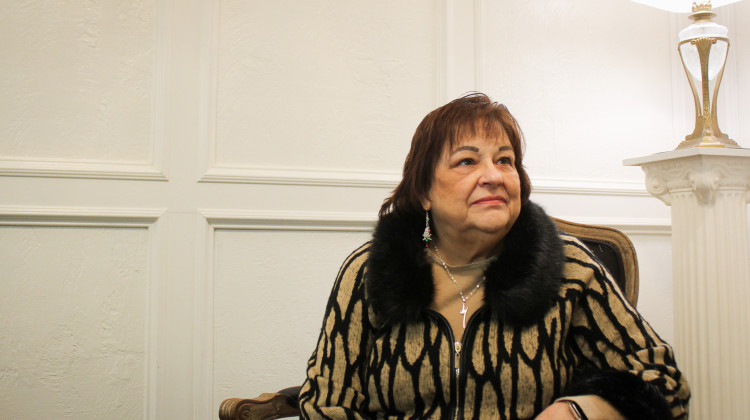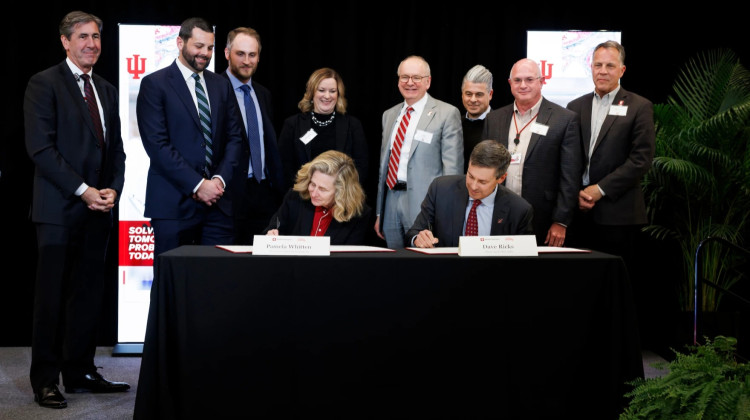Journalist and author Sam Quinones was in Indianapolis recently to discuss his acclaimed book "Dreamland: The True Tale of America’s Opiate Epidemic." The Methodist Hospital Task Core hosted Quinones, whose book investigates the how and why behind the opioid epidemic. It has been praised by the National Book Critics. Indiana Public Broadcasting’s Jill Sheridan sat down with the author last week.
Jill Sheridan: You speak in the beginning about how this story really grabbed you and you needed to write this book, yes?
Sam Quinones: I started the book really focusing on Mexican heroin traffickers, how drugs were trafficked. The DEA was saying that they were seeing seizures increase at the border. I pretty early on collapsed on to one town in Mexico where everybody essentially came here and learned a system of selling heroin retail, by the tenth of a gram or a gram, not very large doses, like pizza… very similar to pizza delivery so you would call a number and they would arrange for a driver to drive the dope to wherever you were and this was a remarkable innovation in the underworld.
That is a moment when another story is playing out that I didn’t know anything about. I didn’t know anything about health care or pain management and they hit the time when a revolution in pain management is underway in American medicine. Massive promotion of narcotic pain pills, opioid painkillers as pretty much the solution, the cure-all solution for everybody in large doses.
Sheridan: It’s the perfect storm in many ways and you’re able to get at that from a number of different angles, and you explore that through the eyes of these great characters that you’ve found as well.
Quinones: Well I found that in order to tell a story about a downer, depressing topic like heroin that really no one wants to read about, you have to liven it, you have to give it a face, make people the main focus. So I really spent a lot of time trying to find those stories.
Sheridan: Portsmouth Ohio, a small town on the river and the setting for Dreamland, a large gigantic pool that is really a metaphor as you start the book. Why start there?
Quinones: I started there because I thought this was a story that was bigger than I initially thought it to be, which was about drug marketing, drug trafficking, drug addiction. I have an entire book and there is not one scene with someone shooting heroin into their vein. One reason for that is that it’s a clique, but also I felt the story was bigger than that, deeper than that. It was about community and how we’ve destroyed community in the country and Dreamland pool, in the small town of Portsmouth Ohio was the perfect example of what we’ve done.
It was this gorgeous civic center, civic plaza of a pool, everybody kind of grew up there, had their first romances there and then the rust belt syndrome sets in about 1980 a lot of factories leave, main street hallows out famously as we’ve seen in so many towns. Walmart sucks up all that and finally population diminishes and the couldn’t continue with the swimming pool and they dig it up and replace it with a strip mall and with that, you know, the town loses something essential to its existence, I thought.
Sheridan: And here in Indiana we’re not immune we’re actually right on the pipeline as you point out.
Quinones: The first the place they come to is Columbus and this would be in the late 90’s, this one group of guys. Which is a remarkable thing to me, they were the first ones to figure out and then systematically exploit the coming market for heroin that the widespread prescribing of pain pills represented, was going to create. After that they figure that out in Columbus they just follow the pills, they go to Nashville and from Nashville my reporting shows this group expanded like a market territorial kind of thing, like any corporation would do. They come up to Indianapolis in the early to mid 2000’s and begin selling here and they’ve really been here ever since.
Sheridan: Thank you so much for coming in today.
 DONATE
DONATE









 Support WFYI. We can't do it without you.
Support WFYI. We can't do it without you.